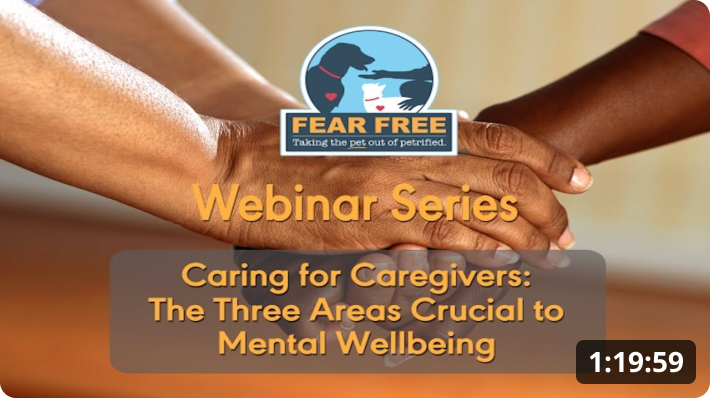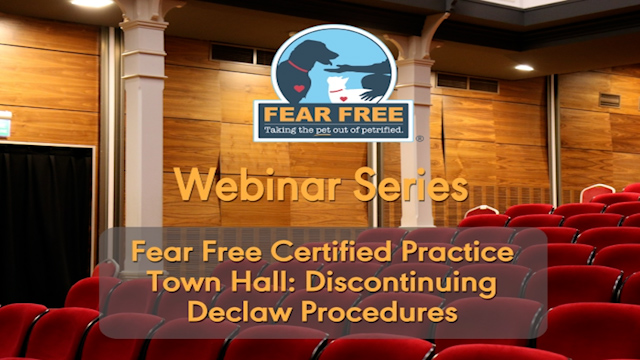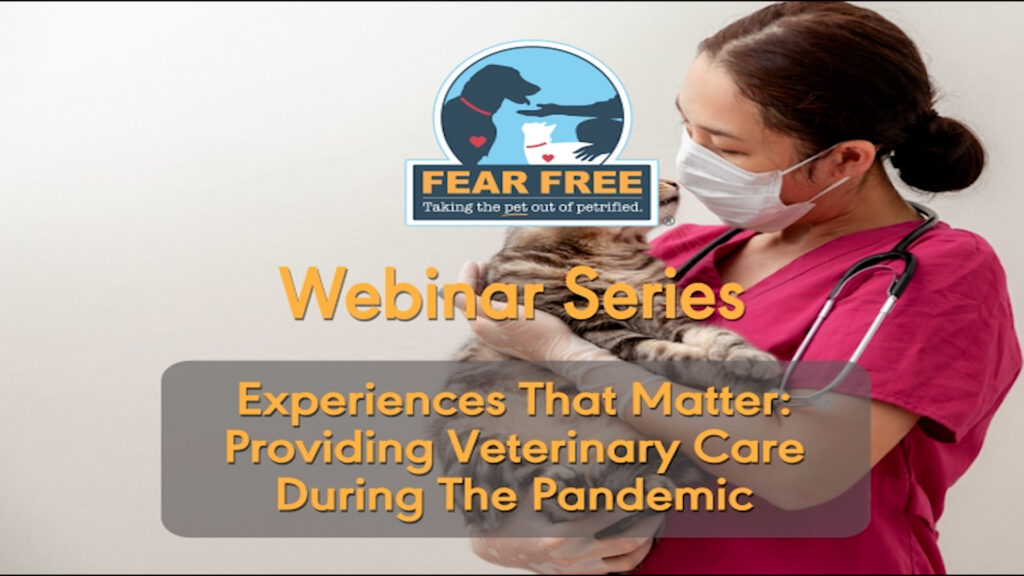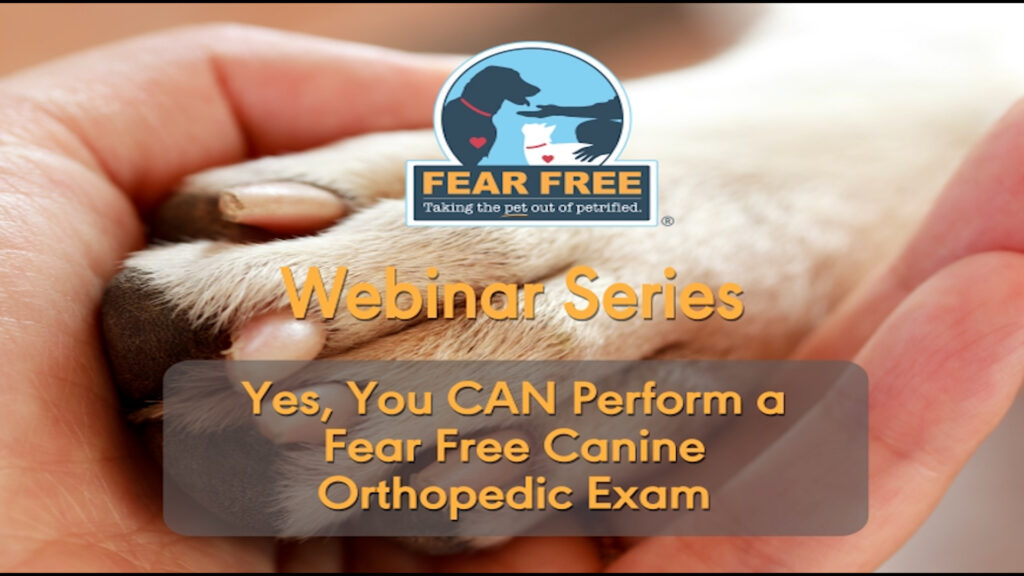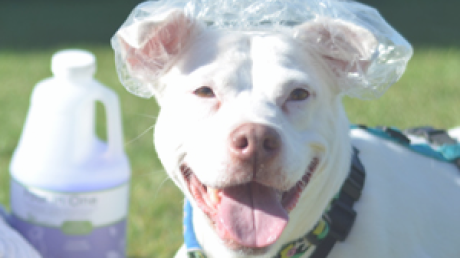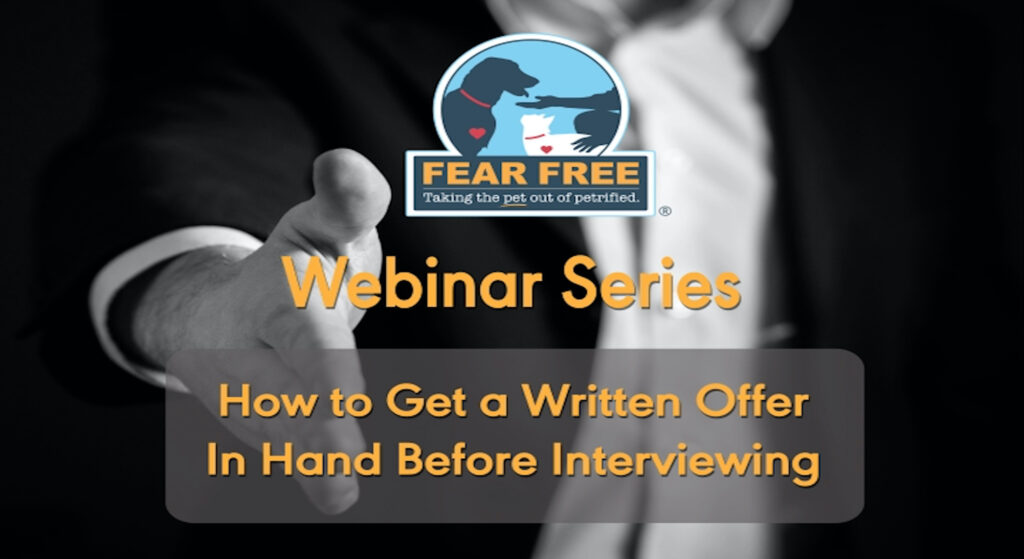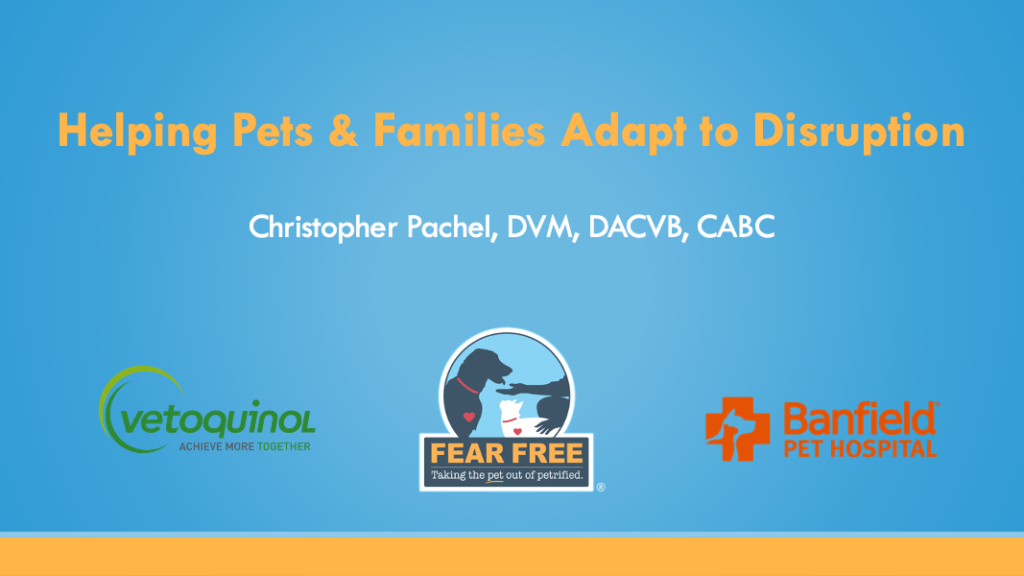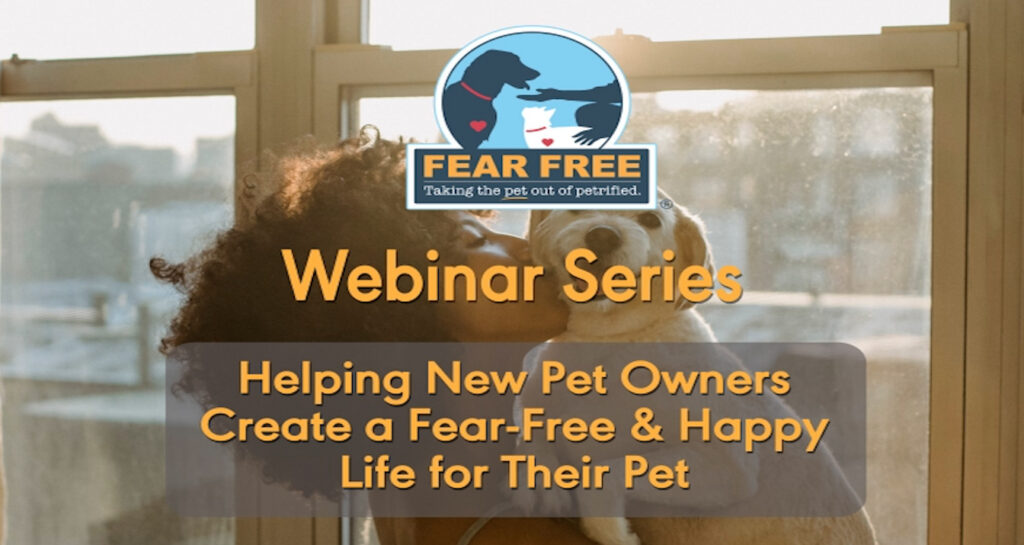
Helping New Pet Owners Create a Fear-Free & Happy Life for Their Pet
New pet owners can be overwhelmed with all the information we want to provide them regarding the health and wellbeing of their pet. However, if a strong human-animal relationship built on trust and empathy is not established, the pet very well may not remain in the home. In this webinar, Kenneth M. Martin, DVM, DACVB, and Debbie Martin, CPDT-KA, KPA CTP, LVT, VTS (Behavior), will provide you with 5 tips to give new pet owners so they can start the relationship off on the right paw, facilitate a strong bond, and keep pets in the home and coming back to your veterinary clinic.
Brought to you by Vetoquinol

